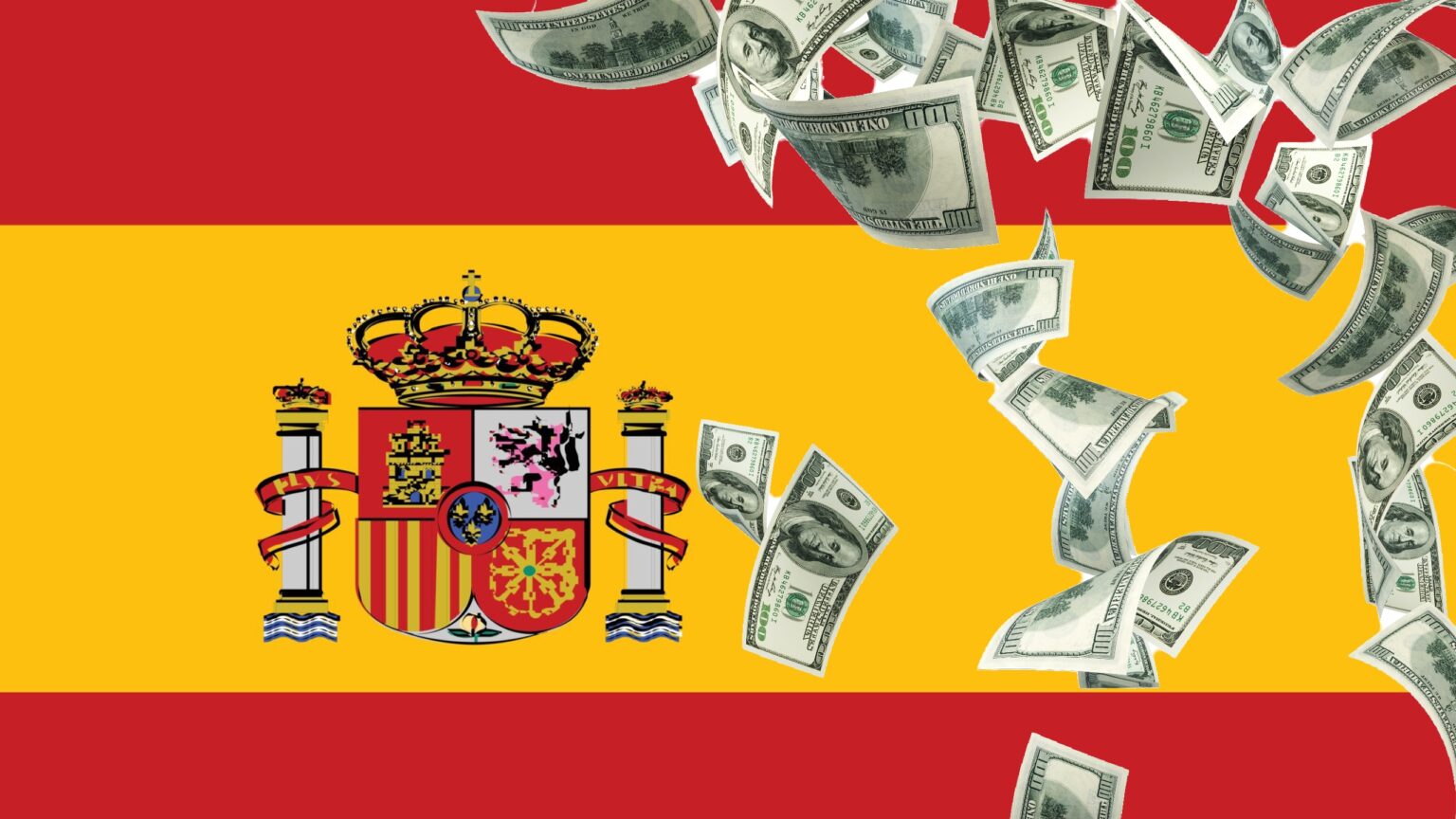Spain’s Ministry of Culture and Sports will direct EU grant money to invest €8 million ($8.5 million) in developing video games and the metaverse.
Spain’s “Recovery, Transformation, and Resilience Plan” is a program of investments designed to incubate and accelerate digital projects, and to extend to narrative experiences within the metaverse itself.
The resilience plan is part of a host of similar packages across the EU that are designed to help European industries recover from the colossal self-harm of travel lockdowns and restrictions on free movement.
Big metaverse spending
The Spanish government is investing big in video games and the metaverse with the aim of boosting the sector in the longer term. The Ministry of Culture hopes that this forward-facing strategy will place the industry in a globally competitive position.
The latest funding round is 700% larger than the first, marking an acceleration of the project that has already helped 25 beneficiary organizations including many small to medium-sized enterprises (SMEs).
According to Miquel Iceta, the Minister for Culture and Sports, the aid provided, “will contribute to promoting the projects of our SMEs and the self-employed, thus consolidating the image of Spain as a benchmark audiovisual hub, also in the videogame sector.”
The minister added, “we want to turn Spain into an exporter of audiovisual products, placing the video game sector in a competitive situation compared to other countries.”
The Spanish official states that the government views the video game sector as one of the key industries of the 21st century. Spain’s role within this key industry will not, therefore, be taken lightly.
As part of the overall scheme video games and the metaverse will be considered culturally important. The National Library of Spain will take responsibility for conserving these creations as part of Spanish culture and heritage, preserved for future generations to experience and enjoy.
Spain loves video game technology
Video game technology is already strongly embedded in Spanish culture. In 2021, 6.9 million video games were sold in the country, with sales of 1 million consoles and 3.4 million accessories.
Almost 15% of the country is already playing video games of some variety every month, positioning it in the top ten list of gaming countries by demand. The government hopes to leverage this interest into a competitive edge in the longer term.
Although not all metaverse experiences are expected to be so closely linked to the video game and entertainment sectors, trailblazers such as Fortnite and Roblox make a strong case for the virtual world as a leisure space. The Spanish government will now hope that additional funding will help Spanish SMEs to gain a toehold in this highly competitive space.









 and then
and then